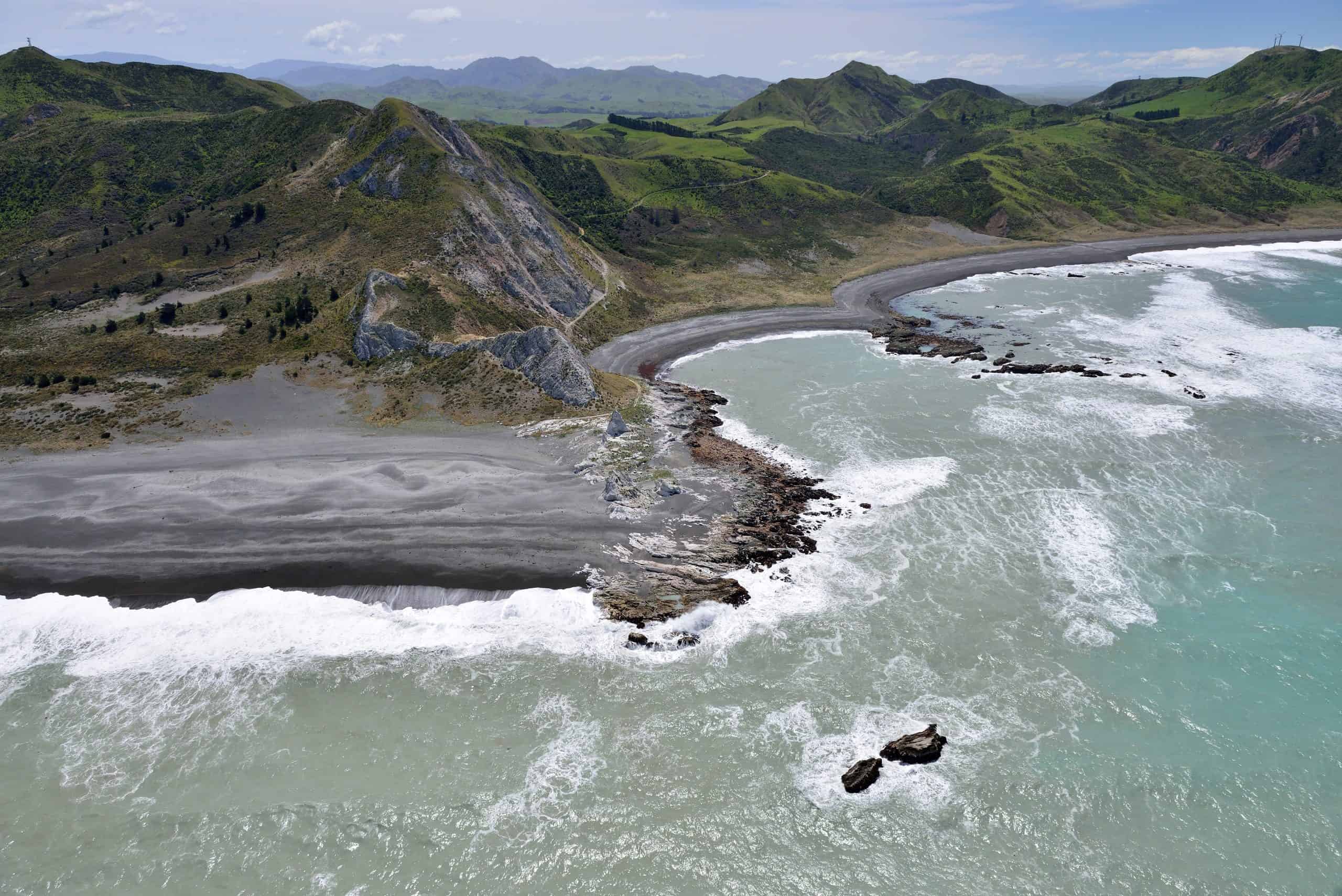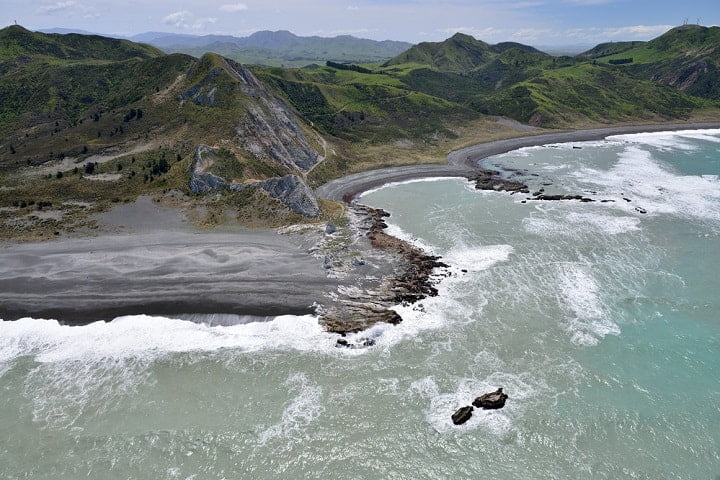A systematic review of rural resilience in New Zealand
07/03/2018
By Nick Cradock-Henry
Rural communities throughout New Zealand face significant challenges. The recent earthquakes in Kaikoura, Marlborough and Hurunui districts, Port Hills and Hanmer fires, and flooding in the Bay of Plenty – highlight some of the hazards affecting rural NZ, their characteristics, and the way responses to them have been managed.

Resilience is a concept increasingly used by policy makers, researchers and practitioners to refer to positive characteristics of individuals, households, and communities. Resilience is about recovering from adverse events, and thriving in the face of uncertainty. As part of the National Science Challenge Resilience to Nature’s Challenges, the Rural team is working with a range of research partners on a range of priority topics that have the potential to inform current and future efforts at reducing harm from hazard events.
As part of the Rural program, we have done a systematic review of the research on rural resilience. The aim was to find out what we know, what we don’t know, and what we need to know about rural resilience in NZ in order to ensure that the work we do fills critical gaps in our understanding.

Our review shows that the research done to date has focused only on a few places in rural NZ. Most of this work has also been done using probabilities, and models of future events, and that there has been very little work that directly connects to what is going on in different places throughout the country. In-depth research with rural households and communities can provide new and different insights into the sorts of issues facing rural NZ as well as ways of managing them, and it can help influence the design of tools to better prepare people for the next event. Now that we have a clearer understanding of what we have done – and how we have done it – we are using this information to design research activities that work much more closely with rural communities, and in different ways. It is also effectively giving us a baseline: we can use this to track our own progress in filling knowledge gaps, and also use it to measure the effectiveness of resilience-building initiatives, to ensure that now, and into the future, rural NZ will thrive despite the challenges that come from living in these shaky isles.




